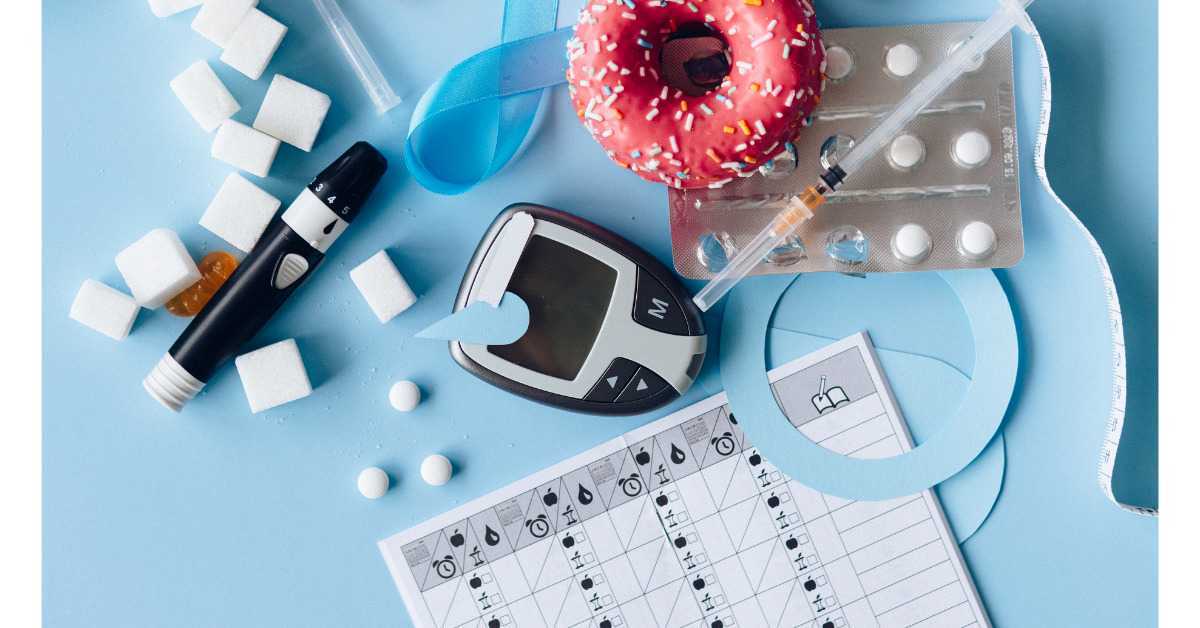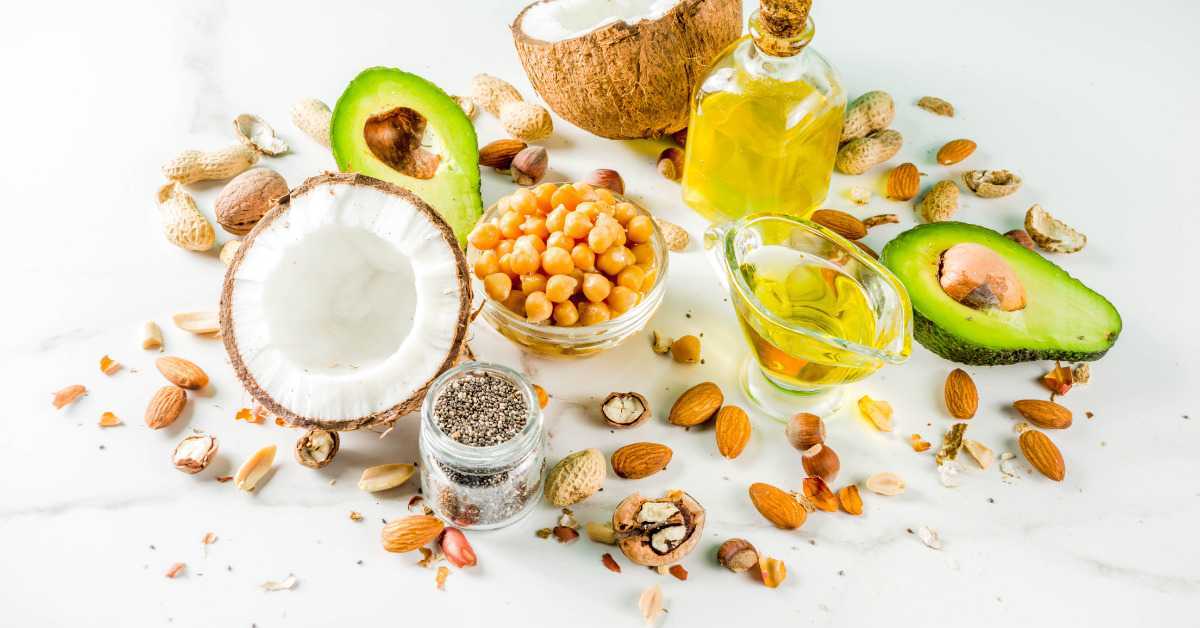Diabetes diet idea is getting famous among diabetic and other healthy people. You don’t need any special foods if you’re attempting to avoid or treat diabetes because your nutritional needs are practically the same as everyone else’s.
However, you should pay attention to some of your dietary choices, mainly your carbs. While adopting the Mediterranean or other heart-healthy diet will assist, losing a little weight is the most crucial thing you can do.
Diabetes diet comprises meals high in nutrients but low in fat and calories and regular meal times. A healthful diet can help you manage your blood sugar, lose weight, and lower your high blood pressure and heart disease risk.
A diabetic diet is useful to everyone, whether you have diabetes or want to eat healthier as you get older.
Diabetes Diet and your Health
Whether you have prediabetes or type 2 diabetes, these eating strategies can help you manage your blood sugar, maintain a healthy weight, and lower your risk of problems – all without depriving yourself.
When you’re diagnosed with type 2 diabetes or even prediabetes, your doctor will likely recommend that you adjust your diet or the diet of someone you care about. It is an excellent opportunity to become more aware of how you eat regularly.


How Does Your Eating Affect Your Blood Sugar Levels?
Carbohydrates, sometimes known as “carbs,” are the sources of sugar in your blood. Foods like candy and sweets, sodas, bread, tortillas, and white rice are all heavy in carbohydrates. Your blood sugar level will rise as you consume more carbohydrates.
Patients of both type 1 and type 2 diabetes should make the correct dietary choices is critical to maintaining a healthy blood sugar level. Controlling your blood sugar lowers your risk of major diabetes-related health concerns like eyesight loss and heart difficulties.
Taking foods that maintain a healthy blood sugar level can help you prevent acquiring type 2 diabetes later if you still have impaired glucose tolerance or are at risk for diabetes.
The Safe Foods for Diabetics
If you have diabetes and are ready to make dietary adjustments, consider some basic diet suggestions.
1. Complex Carbohydrates
Sugars (simple carbs) and starches (complex carbohydrates) are broken down into blood glucose during digestion. Concentrate on carbs that are good for you, such as:
- Fruits
- Vegetables
- Grain (whole)
- Beans and peas are legumes.
- Dairy items with low-fat content, such as milk and cheese
- Avoid carbs that aren’t as good for you, such as those in foods or drinks with extra fats, sweets, or salt.
2. Green, Leafy Vegetables
Making smart dietary choices can help people with diabetes regulate their blood sugar levels.
Vitamins, minerals, and nutrients are plentiful in green, leafy vegetables.
Organic potassium, vitamin A, and calcium are abundant in veggies like spinach and kale. Fiber and protein are also included.
Some studies have revealed that eating green vegetables can help people with diabetes because of their high antioxidant content and starch-digesting enzymes.
Veggies that are green and leafy include:
- Cabbage
- Spinach
- Kale
- Broccoli bok choy
- Scollard greens
One small-scale investigation says that Kale juice may help manage blood sugar levels and improve blood pressure in those with subclinical hypertension.
For six weeks, participants sipped 300 milliliters of kale juice every day.


3. Healthy Fats
Monounsaturated and polyunsaturated fats are found in foods that can help decrease cholesterol levels. These are some of them:
- Avocados
- Nuts
- Oils from canola, olive, and peanuts
However, don’t overdo it because all fats are heavy in calories.
4. Fruits
You can acquire plenty of vitamins and minerals without eating any carbohydrates. Citrus fruits like oranges, grapefruits, and lemons have also been shown to help diabetics.
In some studies, two main elements named bioflavonoid antioxidants hesperidin and naringin, for example, have been discovered to be responsible for the antidiabetic properties of oranges by specific studies. Citrus fruits are also high in vitamin C, folate, and potassium.
5. Choose Whole Foods Over Supplements
Mineral and vitamin supplements have little proof of helping you control diabetes. As a result, you should not start taking supplements until your doctor tells you to. Supplements can affect your metabolism and worsen diabetes, so it’s preferable to acquire important nutrients through food.
6. Choose Low-Fat or Reduced-Fat Dairy Products
Get the products with the least amount of sugar added. A good option is a Greek yogurt with fresh fruit.
7. Choose Lean Foods and Meat Substitutes
Skinless chicken and turkey, fish, eggs, legumes (beans, lentils), tofu, and almonds are excellent choices.
Full-fat dairy products, butter, cream, fatty and processed meats, fried meals, cakes, pastries, and foods containing palm oil and coconut oil are all high in harmful (saturated) fats.


Diabetes and Physical Activity
Physical activity, about quality diet, is critical. Make an effort to be as active as possible in various ways. On most, if not all, days of the week, expect to accomplish at least 30 minutes of moderate-intensity physical exercise. A half-hour of physical activity daily can help you:
- Manage your blood glucose levels
- Reduce your cholesterol levels
- Lower your blood pressure
- Lower anxiety and stress
- Improve your mood and self-esteem, and the quality of your sleep
- Strengthen your muscles and bones.
Conclusion
It is good for diabetics can create a specific dietary plan with the help of a healthcare expert. People with diabetes can control their disease and avoid complications by eating a healthy, balanced diet that includes the items listed above.
FAQs
1. Enlist the foods should people with diabetes avoid?
If you have diabetes, there are foods you should avoid.
- Full-fat dairy products
- Processed meats.
- Snacks in a bag and baked items that have been processed
- Carbohydrates in white
- Breakfast cereals
- Dried fruits
- French fries
- Meat cuts with higher fat content.
2. How to choose the right foods for diabetes control?
The following suggestions may be useful:
- Maintain a steady diet.
- Maintain a regular workout routine.
- Reduce your stress levels
- Keep yourself hydrated
- Get a decent night’s sleep.
- Consult your physician
- Maintain a healthy body mass index (BMI)
- Maintain your medicine and insulin schedule
3. What includes in a type 2 diabetes diet?
A diabetes-friendly diet is comparable to the healthy eating plan physicians prescribe for everyone: It emphasizes complete, minimally processed meals high in fiber, complex carbs in moderation, lean protein, and healthy fats while avoiding added sugars and refined grains.
| Android | IOS |
|---|---|
  |
  |

